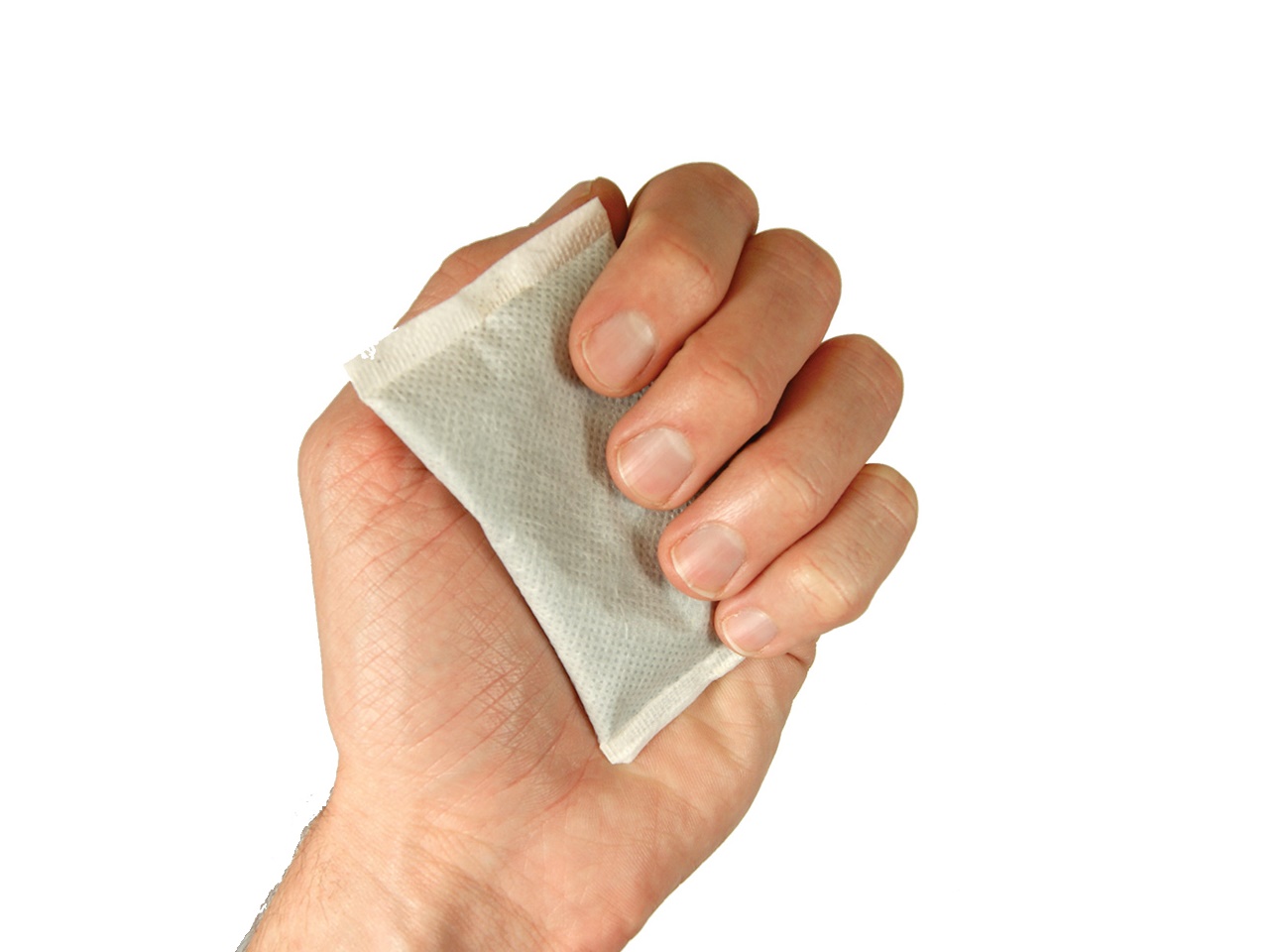Have you ever marveled at the magic of hand warmers – those small, portable packets that seem to generate heat out of thin air? Despite their compact size, hand warmers have the remarkable ability to provide comforting warmth on chilly days, making them a staple accessory for outdoor activities and cold weather adventures. But how exactly do hand warmers work their cozy magic? Let’s unravel the mystery and delve into the fascinating science behind these ingenious devices.
The Heart of Hand Warmers
At the core of hand warmers lies a clever combination of chemicals that undergo exothermic reactions, producing heat as a byproduct. The most common type of hand warmer operates on the principle of oxidation, utilizing the reaction between iron powder and oxygen in the air to generate heat. Inside the hand warmer pouch, a mixture of iron powder, salt, activated charcoal, and vermiculite or cellulose acts as a catalyst, facilitating the oxidation reaction and generating heat.
Triggering the Heat Source
To activate a hand warmer, simply expose it to air by removing it from its packaging and shaking or rubbing it to initiate the chemical reaction. As the iron powder inside the hand warmer reacts with oxygen in the air, it undergoes a process known as oxidation, releasing energy in the form of heat. This heat is then transferred to the surrounding materials, including the salt and activated charcoal, which act as insulators to retain the warmth and prolong the heating process.
Harnessing the Power of Crystallization
Another type of hand warmer operates on the principle of crystallization, utilizing the heat released during the crystallization process to provide warmth. Inside the hand warmer pouch, a supersaturated solution of sodium acetate and water is contained within a flexible metal disc. When the disc is bent or clicked, it triggers the nucleation of crystals within the solution, causing it to solidify and release heat in the process. This phase change from liquid to solid generates warmth, which is then dispersed throughout the hand warmer pouch.
Optimizing Heat Output
The duration and temperature of heat produced by hand warmers can vary depending on the type of chemical reaction and the specific formulation of the hand warmer. Oxidation-based hand warmers typically provide heat for several hours, reaching temperatures of up to 150°F (65°C) or higher. Crystallization-based hand warmers, on the other hand, may provide heat for a shorter duration but can reach higher temperatures, often exceeding 130°F (54°C).
Handling Hand Warmers Responsibly
While hand warmers are generally safe to use, it’s essential to handle them with care and follow the manufacturer’s instructions for proper use. Avoid puncturing or tearing the hand warmer pouch, as this can expose the chemicals inside and may cause skin irritation. If you experience any discomfort or irritation while using a hand warmer, discontinue use immediately and seek medical attention if necessary.
Disposal and Sustainability
As with any disposable product, it’s important to consider the environmental impact of hand warmers and dispose of them responsibly. Most hand warmers are single-use and cannot be recycled, so be mindful of proper disposal methods to minimize waste. Look for hand warmers that are biodegradable or made from eco-friendly materials, and consider reusable hand warmers as a more sustainable alternative for long-term use.
Advancements in Hand Warmer Technology
As technology advances, so too do hand warmers, with manufacturers constantly innovating to improve performance, efficiency, and sustainability. Recent advancements include rechargeable hand warmers with built-in batteries, adjustable temperature settings, and USB charging capabilities. With these innovations, hand warmers continue to evolve, providing reliable warmth and comfort for outdoor enthusiasts, athletes, and anyone in need of a little extra heat on a chilly day.



